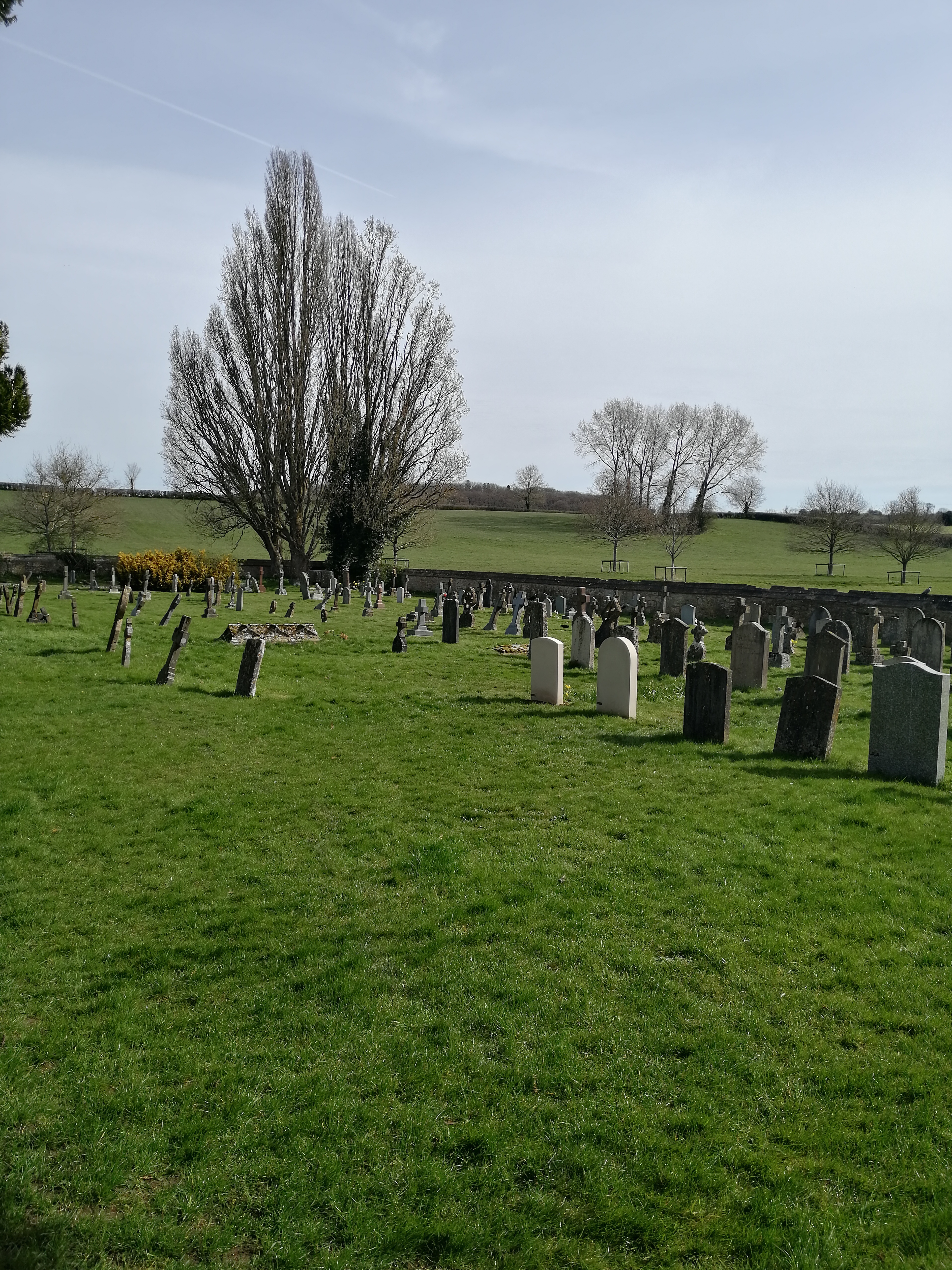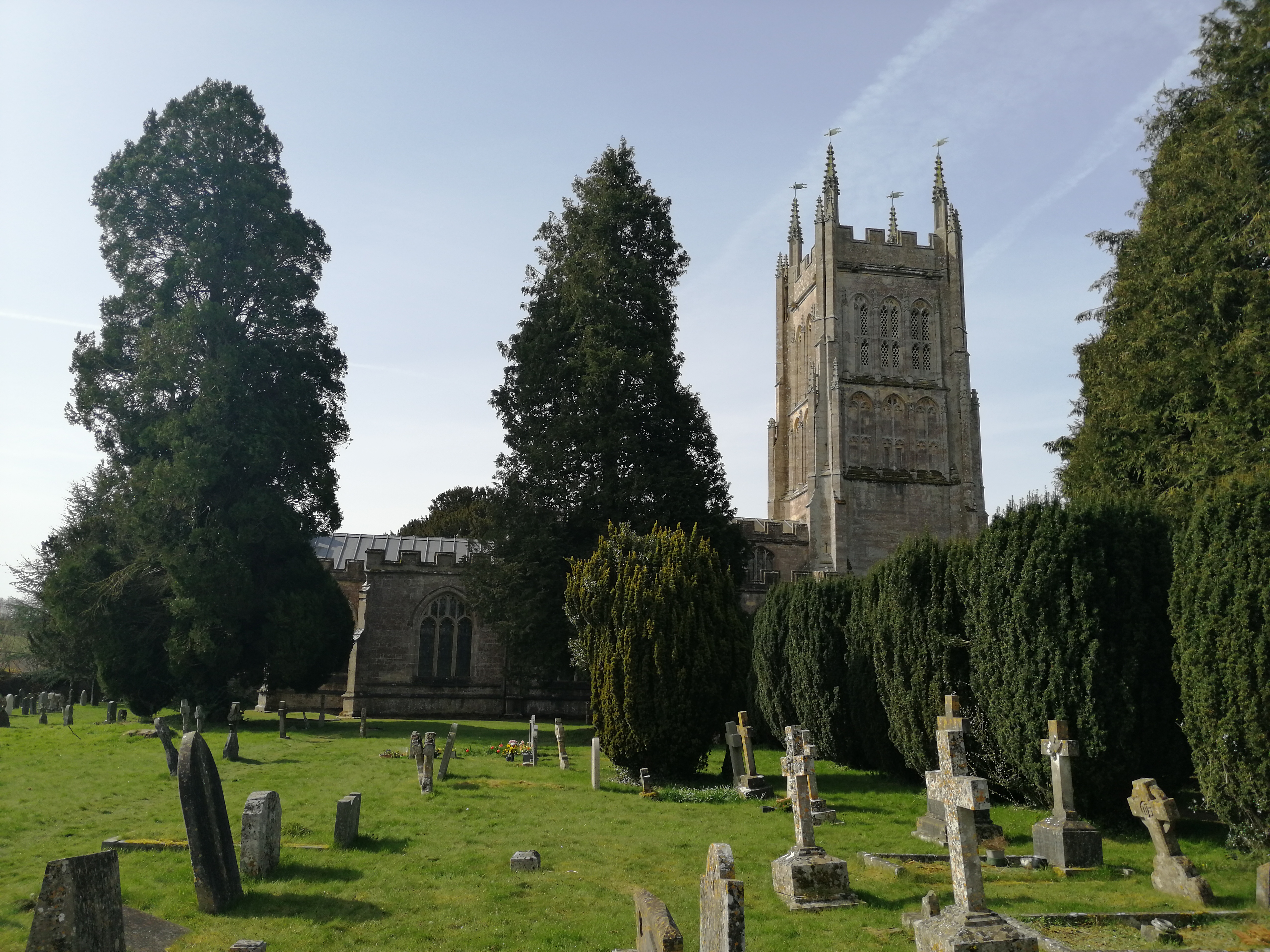You smug-faced crowds with kindling eye
Suicide in Trenches, Siegfried Sassoon
Who cheer when soldier lads march by,
Sneak home and pray you’ll never know
The hell where youth and laughter go.”
You’ll find the Siegfried Sassoon’s grave in the lovely small Somerset town of Mells. Sassoon is one of the most famous poets of the First World War. But his life didn’t begin and end with his wartime poetry.

Born in 1886 to a Jewish father and Anglo-Catholic mother, Siegfried was named after his mother’s love of Wagner. His parents separated when he was young, and his father died when Siegfried was nine. He went to Cambridge to study history, but ended up without a degree and ambled about playing cricket and writing, on a modest private income.



A life changed by war
Sassoon didn’t start out critical of the war. On the contrary, he actually joined the army before war broke out, knowing conflict was likely and fired up by patriotism. Then his younger brother was killed in 1915, and he himself learned the true horrors of war.
In 1917 following a period of convalescence, he declined to return to the front, writing a letter to his commanding officer that made its way to the Press and House of Commons. Some considered the letter treasonous, but instead of being court-martialed, Sassoon was committed for ‘shell-shock’.
It was at this hospital that Sassoon met Wilfred Owen, who has also become a famous poet of war. They supported each other in their work, with Sassoon becoming Owen’s “Keats and Christ and Elijah”. Sadly, after both men returned to the front in 1918, Owen was killed.

The poetic reality of war
Many of Sasson’s war poems were published in ‘The Old Huntsman’ (1917) and ‘Counter-Attack’ (1918). They were graphic and realistic, shocking many of the public including some of his pacifist friends.
After the war, Sasson wrote three thinly-veiled autobiographical novels, among other works, and had a number of relationships with men including actor Ivor Novello. He did marry a woman, Hester Gatty, and fathered a son whom he adored, but the marriage did not last. He died in 1967, a week before his 81st birthday.


There had been wars and poetry about them before WWI, but the utter devastation and mechanisation of that war left a scar across a whole generation. Sassoon’s poetry helped to make those horrors known to everyone, and perhaps provide some kind of therapy for those involved. Siegfried Sassoon’s grave is a least a peaceful one, and a nice place to stop if you’re in the area.
What do you think? Please share in the comments.


26/04/2022 at 6:26 AM
There is so much to be learnt from gravestones. Often information not recorded elsewhere. Thank you, this was very interesting!
27/04/2022 at 7:10 PM
Thanks. Yes I find them fascinating.